It’s Time for The Federal Upland Stamp
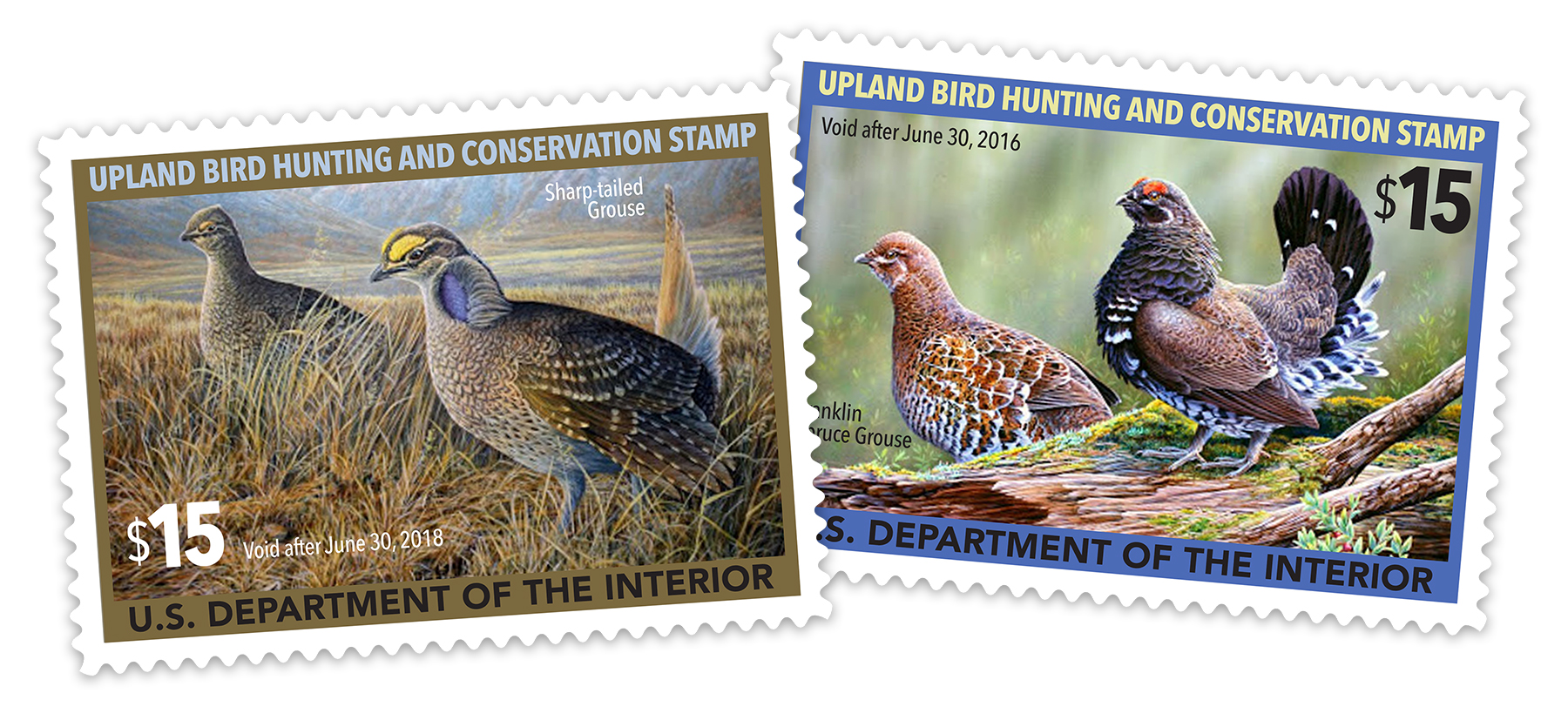
Authors: Christine Cunningham and Brian Koch
Prototype Stamp Artist: Shari Erickson
American landscapes are forever changing as we face the loss of some of our most iconic game bird species. Grassland birds are among the fastest and most consistently declining bird populations in North America and grassland and prairie habitats are the fastest disappearing habitats in the US. Last year, the Gunnison sage grouse and Lesser Prairie-chicken were listed as threatened under the Endangered Species Act. The Greater Sage Grouse, Greater Prairie-chicken, Sooty Grouse, and Northern Bobwhite have experienced a 40% rate of decline in the last 40 years. Scaled Quail and Sharp-tailed Grouse are also showing steep declines with loss of habitat being the primary cause and ultimate solution.
Upland game are now resting on the same precarious perch as waterfowl stood a century ago. But waterfowl did not survive the early market hunting, farming and development demands of an ever-increasing human population on their own. If it were not for the duck stamp, it’s quite possible certain waterfowl species would never have recovered. It wasn’t until 1934, when a deep concern for the plight of migratory birds set into motion a program that has since raised over $800 million for conservation and added 6 million acres to the National Wildlife Refuge System. Jay Norwood “Ding” Darling’s idea of a Federal Waterfowl Stamp required for hunting migratory waterfowl became a reality with the passage of the Migratory Bird Hunting Stamp Act, signed into law by President Franklin Roosevelt. The duck stamp has since become an unrivaled conservation legacy.
Duck stamp funds are used to purchase land and ongoing management of those lands providing habitat for critical bird breeding, resting and wintering necessary to support waterfowl populations as well as other wetland dependent species. The majority of stamps are purchased by hunters, providing hunters with recognition for supplying funds that support a natural resource that is enjoyed by all. It is a living example of stewardship and demonstrates the responsibility hunters take for the birds we pursue. The stamp has provided a pattern of inclusiveness that allows for a healthy relationship between sportsmen and the wildlife viewing public. It’s a pattern for success that bird hunters and bird enthusiasts can replicate for upland species.
Today most upland bird hunters consider the Conservation Reserve Program (CRP) to be the best mechanism for upland habitat conservation. However, the Program’s focus is to provide technical and financial assistance to eligible farmers and ranchers to address soil, water and related natural resource concerns on their lands. Habitat improvements and benefits to wildlife are a fortunate byproduct of the Program, not the focus or intent. The Program cannot keep pace with the price of commodities. In the last five years, there has been a 23% decrease in the land enrolled. The average lease payment to landowners is $66 per acre, drastically lagging crop profits and costing $1.5 billion in tax dollars annually. In contrast, average profits for an acre of corn vary between $200- $325 per acre depending on yield and fuel, fertilizer and other outlays. It stands to reason that, in order to prevent further loss of enrolled land, CRP payments would need to compete with crop returns.
The Conservation Reserve Program is administered by the United States Department of Agriculture (USDA) and embedded in the Farm Bill. The strategic plan of the USDA is to expand markets for agricultural products, support international economic development, expand job opportunities, improve infrastructure in rural America, enhance food safety, improve nutrition and health, and manage and protect public and private lands. Although CRP provides large scale, direct and measurable benefits to wildlife and habitat, the Farm Bill is a politically-charged piece of legislation addressing food, farms and jobs. Funds allocated for conservation in the latest Farm Bill have decreased by $4 billion over a five-year span. A conservation mechanism outside of agricultural interests and free of commodity demands is necessary to continue to prevent habitat loss and fragmentation for declining upland game species as well as other non-game grassland species.
In a country that values agriculture, ranching, and oil and gas exploration and takes pride in the work ethic of farmers and laborers, a balance has not yet been reached between maximizing productivity and conserving the existing landscape and wildlife. The effect of insatiable growth on native birds is fragmentation of habitat and disruption of their movement and mating patterns, but this doesn’t have to be the case. Upland game species do not require untouched wilderness to thrive. Just the opposite is often true. A healthy population of upland birds indicates a healthy ecosystem, and many species can thrive around agriculture so long as the working landscape does not squander its hedgerows, thickets, fence rows, woodlots, and other shelters allowing birds the cover they need.
What could an upland stamp do?
Ding Darling’s idea for a federal duck stamp combined his abilities as an artist and ardent conservationist to create the stamp both as an idea and a reality. The first stamp featured his own brush and ink design of two mallards dropping down to a body of water and was the first in a long history of stamp designs meant to arouse a positive emotional response from the viewer. The benefits of an upland stamp to conservationists, collectors, and artists includes an educational aspect and opportunity to highlight the cultural value of upland game species to broader audiences.
The existence of a healthy population of upland birds represents the American countryside at its best. Unlike waterfowl, which migrate and are easily seen in the sky and on the water, upland birds are often nesting in our neighboring woods and fields. They are elusive and camouflaged to their varied environments, hiding invisibly in fence lines, coverts, plum thickets and sagebrush. The stories of upland game birds that hunters have cherished for over two centuries are coming face to face with becoming a forgotten past.
An upland stamp will face hurdles. There will be opportunities to discuss mechanisms and decide appropriate use of funds generated by an upland stamp managed by the US Fish and Wildlife Service. Ultimately, the recovery of declining wildlife populations requires the voice of conservationists, and it is the objective of the Fish and Wildlife Service to assist in the development and application of an environmental stewardship ethic for our society, based on ecological principles, scientific knowledge of fish and wildlife, and a sense of moral responsibility as well as administer a national program to provide the public opportunities to understand, appreciate, and wisely use fish and wildlife resources.
Now is the time to call for saving our upland bird heritage. Now is the time to make upland conservation a priority alongside economic interest. Upland hunters have a unique understanding of why upland conservation must be a priority, and we have an opportunity to lead the charge, much like waterfowl hunters have with the purchase of stamps for decades.
Join us in calling for the creation of the Federal Upland Stamp and be a part of conservation and grassroots history.
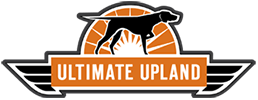
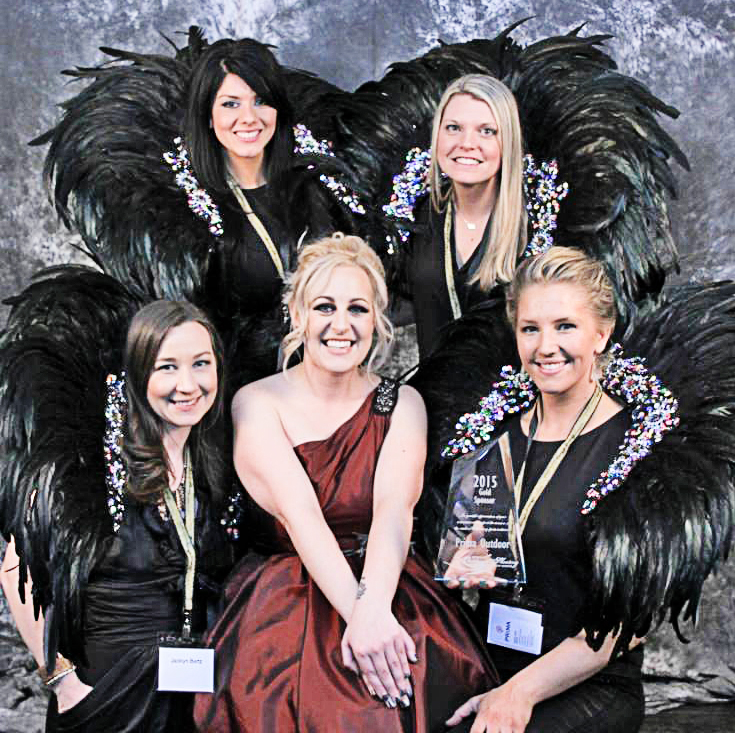
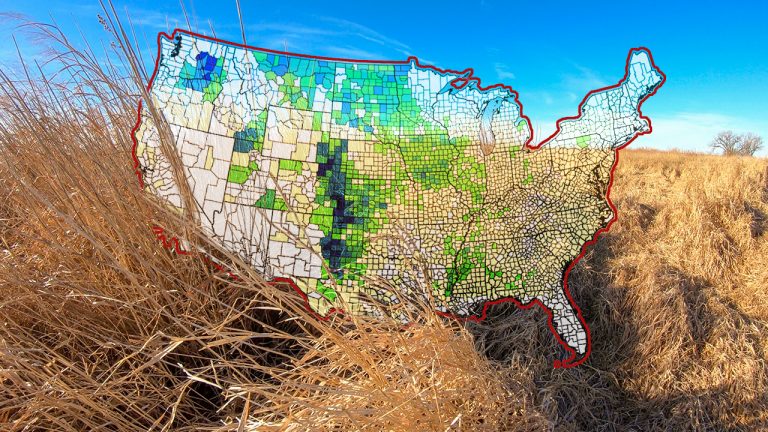
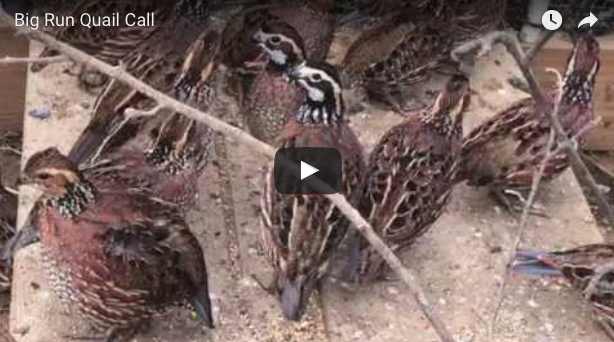
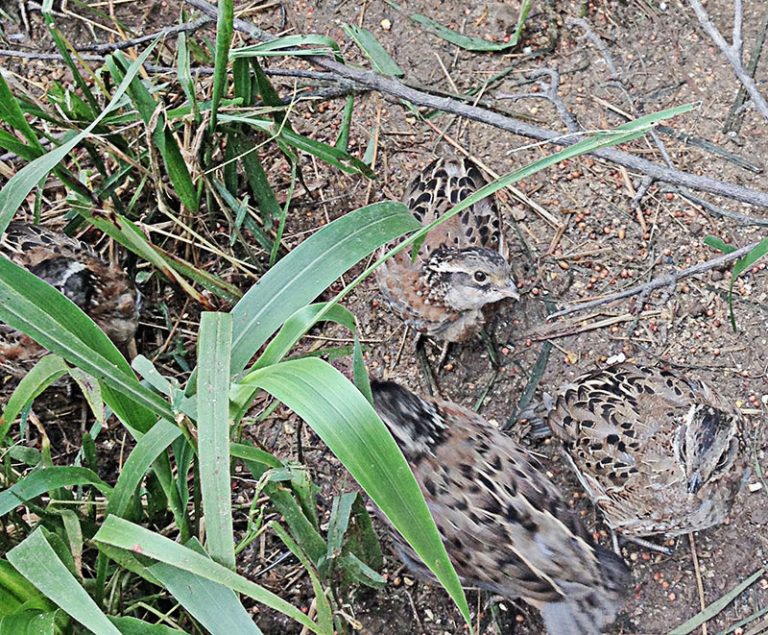
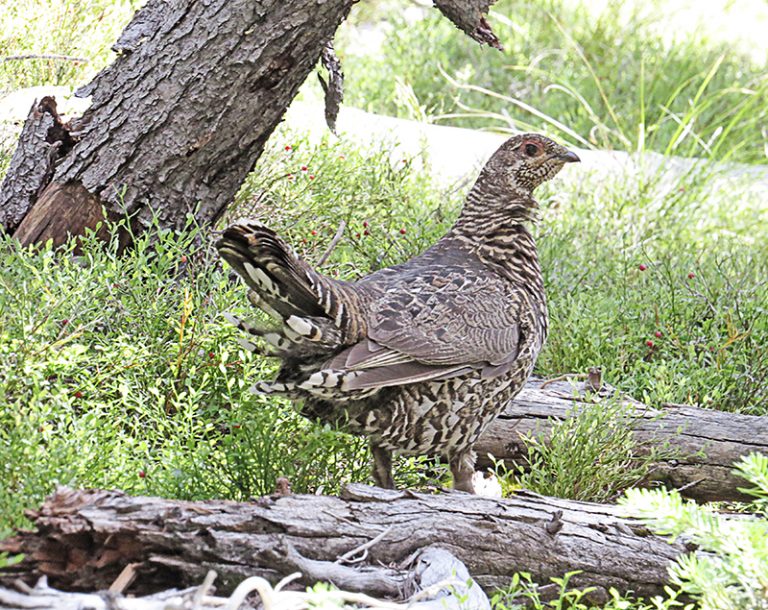

I live in southern Indiana and over the past ten years bird numbers have just dropped. Between bad weather and farmers taking out most our tree lines to make fields larger or to connect fields birds don’t have a lot of cover other than what honey suckle we have. We have a a lot of public land for limiting but really only one do you have good shot at finding birds. I’m not sure what all can be done but I do know our quail in Indiana need some help!
Thanks so much for your thoughts on the stamp. The fact that you’d be willing to purchase one even though you’re not a “hard core”‘ upland hunter is an encouraging sign. We’ll need more than just bird hunters to join this conversation if we are to be successful.
Great, more taxes. Every year it costs more in taxes and stamps for me to hunt. Don’t get me wrong, I’m willing to help out if I can be assured the money is actually going to what the tax is for. I’m told the Feds are managing the money they take for Social Security so well that there probably won’t be any left for me when I retire. I’m not sold on the idea that this new tax will be used to increase the upland bird population.
That’s why we’re including the survey along with the petition to get input from individuals on how they want these funds allocated. We’ll be sharing this information with legislators when we get to the point of crafting legislation. Rest assured, when an upland stamp gets done, the money will go towards upland bird conservation.
THIS IS THE BEST IDEA TO COME ALONG….SOONER THE BETTER..I’M IN THIS A 100 PER CENT………….THANKS!!!!!!!
Thanks Martin! Have really enjoyed your comments.
Thank You Sir !!….Best of luck in every way turning this into reality…I love the idea !!
PUT THAT LOGIC BEHIND YA……..THIS IS LONG OVERDUE AND STRONGLY NEEDED, EVEN IF THE STAMP COST 25 BUCKS..SO WHAT….OUR HABITAT IS SUFFERING SEVERELY IN TOO MANY PLACES TERRIBLY,ITS ALL ABOUT PRESERVING AND RESTORING WHATS SO BADLY LOST AND NEEDED….THE COST OF THESE STAMPS WILL NOT BREAK ANYONE…TRUTHFULLY..LOOK HOW MUCH WE ALL WASTE ON THINGS THAT WILL NOT GO TO WORK FOR THE GOOD OF THINGS, MOST RESPECTIVELY TO YOU……MARTY
IM SORRY I REPLIED TO YOUR POST AND IT WAS MEANT FOR THE ONE ABOVE YOURS ON THE LIST…FORGIVE ME SIR………
PLEASE SUPPORT THIS IN EVERY WAY…….ITS A WONDERFUL IDEA AND FOR A CAUSE THATS DEARLY NEEDED…………
As a duck hunter as well as an upland hunter, I can appreciate the benefits that a Upland Stamp would bring. If the cost was kept in line with the cost of a Duck Stamp I can’t see much of a protest either. It is still less tan a box of shells.
My biggest concern would be the distribution of the funds. I don’t know about your area of the country, but the National Wildlife Refuges in my area are staffed by very anti hunting personnel. I would protest any funding towards them. Hopefully different areas are staffed better.
Great idea, and lets hope it takes off.
We’ve heard similar stories of concerns about continued hunter access in NWR. Certainly something that we’re looking at and have not decided that expansion of that program is the best route. We are looking forward to all the feedback we get with the survey and plan to let that dictate the best way forward.
I’d be happy to pay another $15 annually for an upland bird stamp that actually created wildlife habitat. Perhaps the funds could be set aside to fund a CRP-like program that would pay farmers to set aside lands for a 10-15 year period and put them into grasslands bird habitat. My only provisio would be that these lands must be open to public hunting. The real pisser with this, however, is that since 1985, we’ve had a good upland bird conservation program in CRP. At its peak, it set aside 35 million acres of wildlife habitat, much of it grasslands, especially on the prairie, at the cost of $50 per acre in 2007. Since that time, we’ve (sportsmen and our national representatives) have pissed away this conservation and taken it for granted. North Dakota alone had 3 million CRP acres in 2007, today we’re down to just 1 million. By 2020, CRP will be all but gone. Meanwhile sportsmen’s groups like TRCP claim they aren’t lobbying for more CRP because farmers don’t want it in the face of high commodity crop prices. I say jack the payments up so it is appealing and maintain it — perhaps using an upland bird stamp, perhaps using other means. And kick the idiots who want to dump CRP (predominantly Rs) out of office.
EXACTLY CORRECT SIR!!!!!!!!!!!!!!
THIS IS THE GREATEST IDEA TO COME ALONG EVER….WE ARE LOSING TOO MUCH NESTING HABITAT AND HAVE ALREADY LOST WAY TOO MUCH ALREADY…….THIS IS NOT EVEN A DISPUTE TO SETTLE OR PLAY “RING AROUND THE ROSEY RAG ” WITH……THIS ABSOLUTELY NEEDS TO BE IMPLEMENTED. AND THE SOONER THE BETTER………..THE LONGER WE WAIT THE BIRD HUNTING OF TRULY WILD BIRDS WILL GET WORSE…………..THE WILD BOBWHITE QUAIL POPULATIONS IN THE OLD DEEP SOUTH ARE CRIMINALLY LOW……, MICHIGAN HAS NONE AND ONLY A TINY HANDFUL OF WILD PHEASANTS LEFT…WE DO NOT EVEN HAVE 1 PERCENT OF QUALITY GRASSLANDS FOR NESTING PHEASANTS LEFT ANYMORE…ITS A FRICKIN DISASTER TO SAY THE LEAST…FOR ONCE I PRAY THAT MY FELLOW LOVERS OF UPLAND BIRDS JUST JUMP IN WITH BOTH FEET ON THIS, GET THIS GREAT IDEA GOING STRONG AS SOON AS POSSIBLE….LEAVE THE PUSSY FOOTING BUREAUCRATIC MENTALITY TO THE POLITICIANS…AFTER ALL WE ARE SPORTSMEN A GREAT HERITAGE OF THE BEST THERE IS………I URGE EVERYONE TO STRONGLY SUPPORT THIS………………………MARTY ANGERS.
Bird numbers in my opinion are down due to not enough habitat, an increase in predator populations, and poor weather conditions. One out of the three can’t be helped, but two of the three reasons can be helped. I think we need to implement more habitat incentives on private lands, and increase hunting on predators. In my state, I have to buy a separate hunting license to hunt and trap predator type animals. This is in my opinion a unnecessary expense when I have to pay to hunt everything else. There is no incentive to hunt and trap predator animals. It’s a large expense to the hunter and they get nothing out of it, other than keeping population down. Most people can’t afford to do so. I would not mind paying for a upland bird stamp, if the money was used properly and bird populations were increased because of it. I used to be one of my favorite past times when I was younger, and the last 20 years have been tough to hunt birds in my state.
Thanks for the perspective Jeremy!
I think that is a great Idea! Lets make it a $50 dollar stamp so it will get things happening faster!
100 percent full
i’ll go for that…no problem!
Wouldn’t have to ask me twice to support an Upland stamp. What a great way for hunters to take care of one another and the birds.
Habitat is in danger nationwide, some states and birds are far worse off than others. How could I even claim to care about my fellow hunters, the sport, the birds and habitat if I hesitated to throw $15 into the pot a yr?
Thanks Candace. There seems to be many people who believe that we are pricing “average joe” out of hunting. But on the other hand, wildlife conservation requires funding and without it there will no be game to hunt. A balance has to be struck somewhere.
WAY OVER DUE! I rarely hunt upland birds anymore because they are hard to find.
Get the feds involved with a federal stamp? Guess what comes next…… steel shot only, no lead will be allowed to hunt upland game.
I like the creative thinking. I would prefer a different strategy for fund distribution. If a stamp is to work well, it will be distributed to the states through a process like the Pittman Robertson Act. In that mechanism, while the federal government collects the fee and (in this case) would administer the stamp and the funds), the funds would be apportioned back to the state fish and wildlife agencies through a formula based on various criteria (like number of hunters upland game bird hunters and state area). To further ensure that the funds are spent efficiently, there could be a portion that would be required to be matched with non-government partners. This would not only multiply the funds, but it would better engage the public in developing outcomes. It would also prevent (to some degree) politicians from using these new funds to pay for current programs while diverting current program funds to other uses (this has been epidemic with lotteries as an example).
Let’s keep talking about this.
Exactly our thoughts Steve. Check out Christine’s follow up article on how we envision an upland stamp could work.
Funds from the new Federal Upland Stamps could be used for purchasing “UPA”s (Upland fowl Production Areas) just as duck stamp dollars are used to purchase “WPA”s (Waterfowl Production Areas). And as with WPAs, UPAs could be open to public recreation use including hunting.
Love the idea of UPAs. Thanks for putting that idea out there.
NO, it’s not time for a federal upland stamp, for at least 3 reasons. 1- As these birds aren’t migratory, it’ll only set precedence for federal over-reach to impinge on state’s rights. 2 – There is already monies (Pittman Robertson, state taxes, state licenses, etc.) out there for individual states to use for conservation as the individual state DNR’s see most pressing. If there’s a shortage of habitat, etc. in YOUR state, then YOU need to get YOUR sportsmen involved with YOUR state’s DNR, YOUR state legislature, YOUR local zoning boards; there’s no reason for sportsmen from states without upland habitat degradation to pay for YOUR restocking & conservation costs, especially for non-resident hunters who may never hunt there. 3 – Like Mary-o Cum-o & his tyrant son King Andrew’s favorite motto goes: “I NEVER MET A FEE I DIDN’T LIKE!”, this thinking can be followed to it’s logical (for Lib-tards anyway) conclusion where a hunter buys a hunting license [for the privilege to hunt], but can’t actually hunt anything until they pay for their STAMP/FEE/TAX for whatever individual game species they want to take. Screw that.
Ski, you’re wrong on just about every front.
1) We aren’t calling for federal management of the birds — though if declines continue across many of the species then federal management will come in the form of threatened and ESA listing (see Sage Grouse and Lesser Prairie Chicken).
2) You’re citing P-R, a federal program, as successful and the way forward in the sentence after you bash federal over-reach. Your state agency had a budget of $900 Million last year, it receives around $10 Million from P-R grants, but it’s far from the main funding source and certainly doesn’t cover the cost of the resources in your state. You also need to do a bit of research on the North American Conservation Model and the core principle of wildlife held in the public trust.
3) You think you pay enough. That $22 you pay for your small game license in New York, and the $1 of excise tax that you paid on the box of shells doesn’t cover the cost of conservation. No, you don’t pay enough. And if you look at the wild populations of birds in your state, their decline will tell you that same thing.
Maybe YOU should ask YOUR state resident game bird biologists if a dedicated funding source for upland habitat would benefit wildlife and the ecosystem.
I think this is a great idea. I live in Illinois and have seen our bird population disappear. I have been in the restaurant business as an owner operator for 36 years. I am looking for a career change and would like to work for a conservation group where I could combine my passion for hunting, wildlife and conservation with my skills in fundraising, event planning, public speaking, marketing, business management and networking. My contact list is extensive in the Northern Illinois area including Chicago. I am an avid upland and waterfowl hunter. I have raised six litters of Lab puppies and have trained all of my own dogs. I have lived the life of a hunter on a part time basis. At this point in my life, I would like to devote myself full time. I sincerely believe that when you combine passion and skill, good things will happen. Please let me know if there is a chance to apply for a paid position in this arena. I have spoken to Pheasants Forever, DU and Delta Waterfowl. All three are very impressed with my resume and contacts, but have no available positions at this time unless I am willing to relocate. My strength is in illinois. This is where I would be most effective. I can forward my resume and letters of recommendation. Please advise if you have any interest.
Thank you,
Butch Navarro
We need something like this—CRP is a good program and really helps but it is not keeping pace with crop prices and therefor losing acres. There are a few who do habitat work on their land just because they can and have the desire to do so, but it is not nearly enough to do a lot of good. People come to South Dakota and spend BIG bucks to hunt and party, they think nothing of spending hundreds of dollars on food, lodging, guns and ammo, trespass fees, dogs, booze, yet people don’t want to spend a lousy 20-30 bucks to buy a habitat stamp. Talk about having priorities wrong. Look I’m very lucky to live where I do and have land to work with. I do the best I can, but it’s not enough and we as upland hunters need to do our share and maybe more than our share.
To pre answer the question—NO I do not charge to hunt, last year 42 people from 17 states enjoyed hunting upland birds–wild–free roaming–no charge–just they way it use to be and can be again if we ALL work at it. This would be start.
I think its a great idea but how is the USFWS going to be tied to it. Were is the federal nexus? Upland birds are and have been historically managed by the states. Upland birds are not “trust” species of the USFWS to manage unless tied to the ESA. Don’t get me wrong, I like the idea. I just see some big problems. If done I see the private lands programs being funded again and the easement program being expanded outside the pot hole region. That would be great! And maybe even UPA’s ( upland production areas)? lol
Maybe the upland folks could piggy back onto the Duck Stamp, say add another 5 bucks for a 30 dollar duck stamp. One more stamp means another potential problem for folks getting a ticket from Mr. Green Jeans.
We aren’t calling for federal management of the game, just management of the collection and dispersing of funds. Energy and agriculture policy are the two things having the largest impact on upland habitat which is why this calls for a landscape scale solution.
The issue is too big to just tag $5 on the Duck Stamp — a quick look at the numbers shows Waterfowl conservation is outspending Upland by around 4 to 1 (Duck Stamp, NAWCA, Conservation Orgs) with approximately half the number of hunters. They have done really great things with a dedicated funding source and shows what could be accomplished for upland habitat given similar funding.
I am all for this if it’s managed by a good organization like
Quails forever or Pheasants forever. They have made a difference but it’s takes all of us to make it happen.